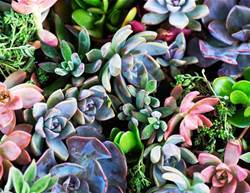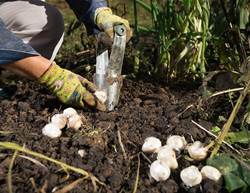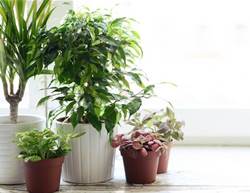Add some greenery to your home—no green thumb needed.
Plants shouldn’t be a lot of work—at least that's my philosophy. I’m a big fan of low-maintenance, especially when it comes to indoor greenery.
Sure, those orchids and azaleas look pretty, at least when you first bring them home. But unless you're diligent about caring for them, you're likely to feel pretty bummed when they wither away in a matter of months (or even weeks). While you might assume you simply have a black thumb, that's probably not the case. The key to enjoying the beauty (and health perks) of plants while stressing less about them is to pick the right ones.
Here are 10 hardy houseplants that you should only have to water about once a month. (The exact watering schedule may vary a little depending on the size of plant and the time of year.) Be sure to make note of the botanical name listed for each of plant, which is in italics. This info will help you when searching for the plant online or buying at your local garden center.

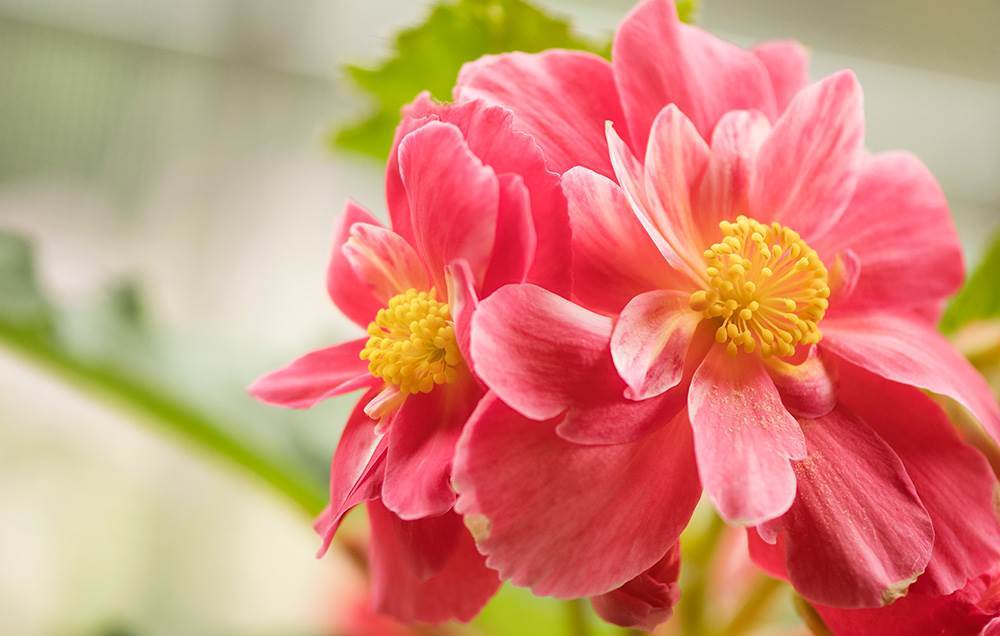
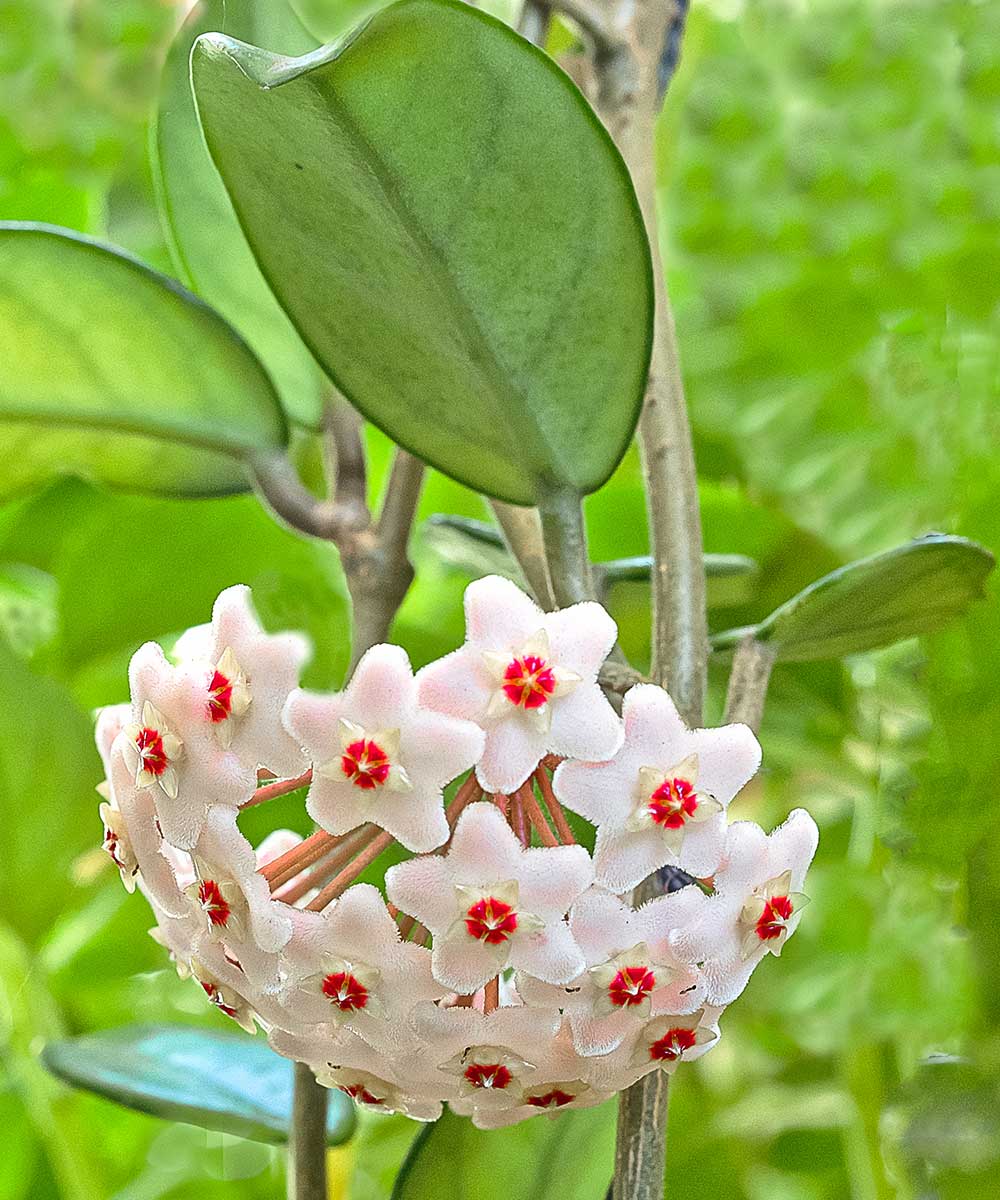
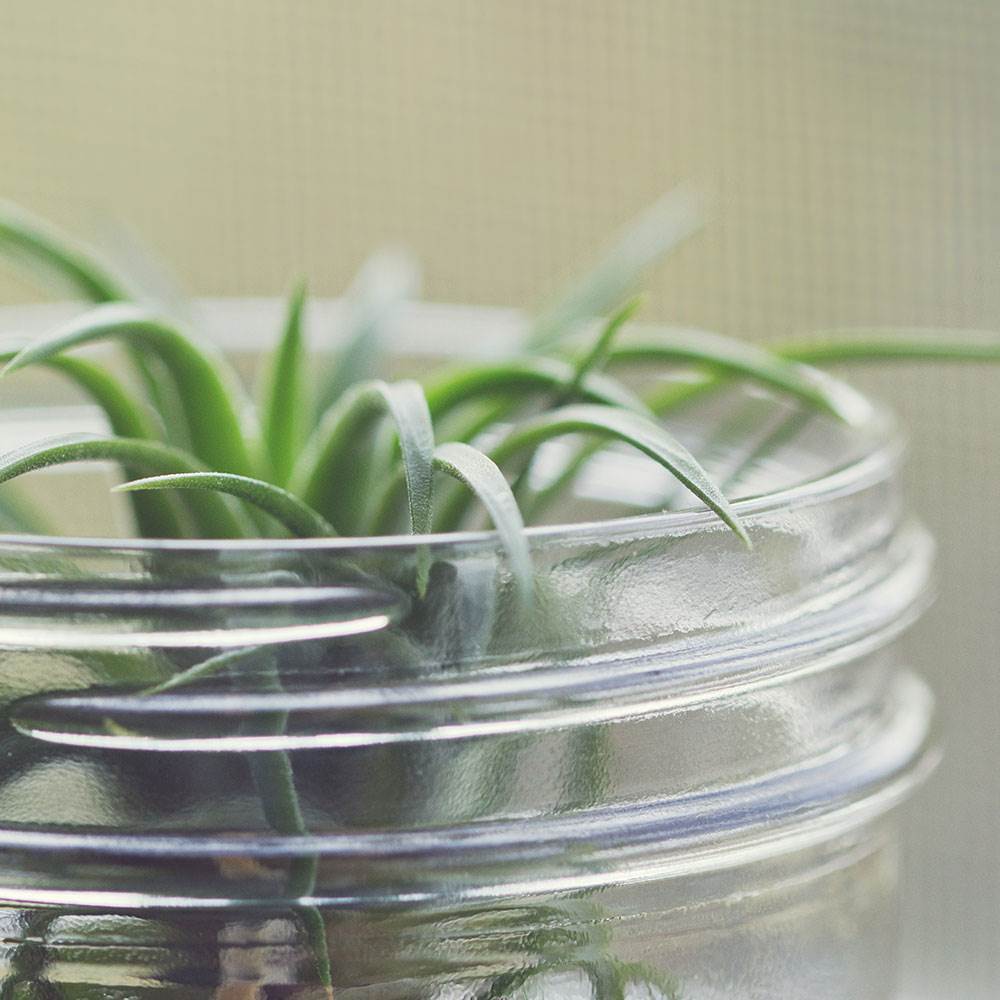
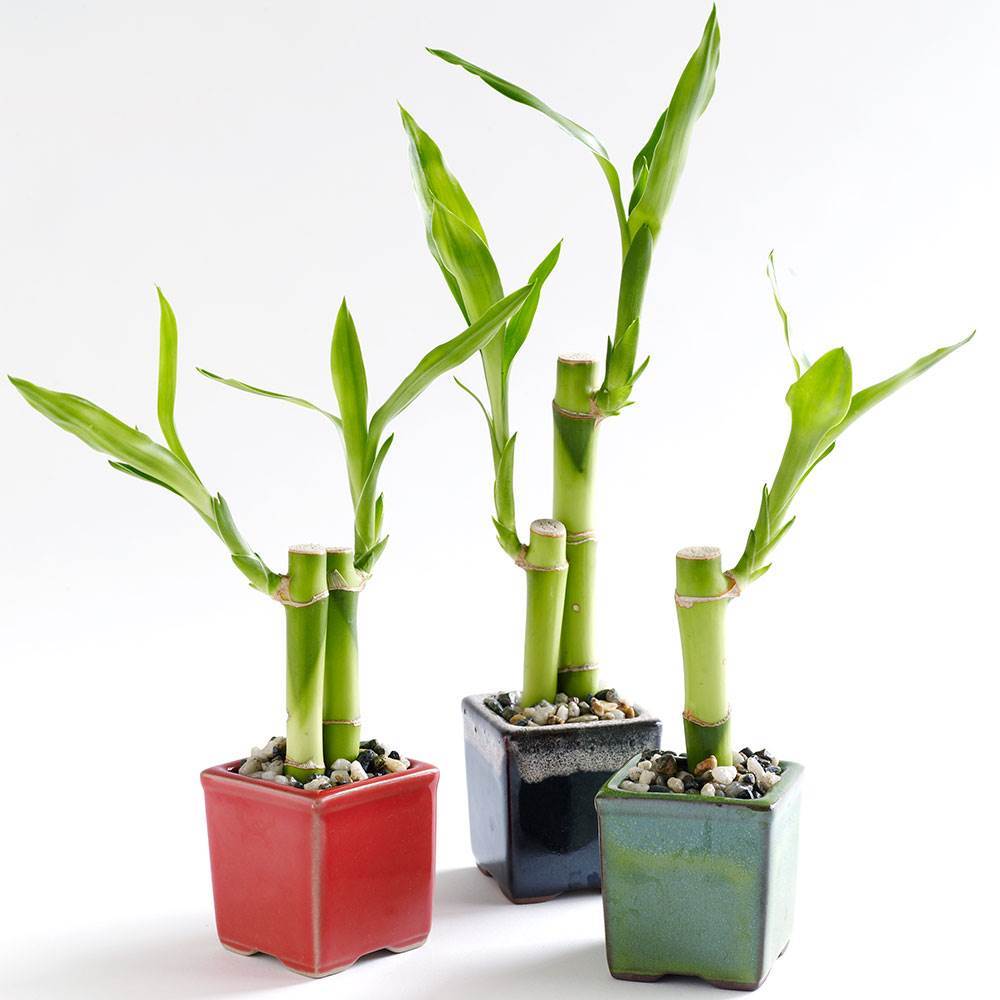
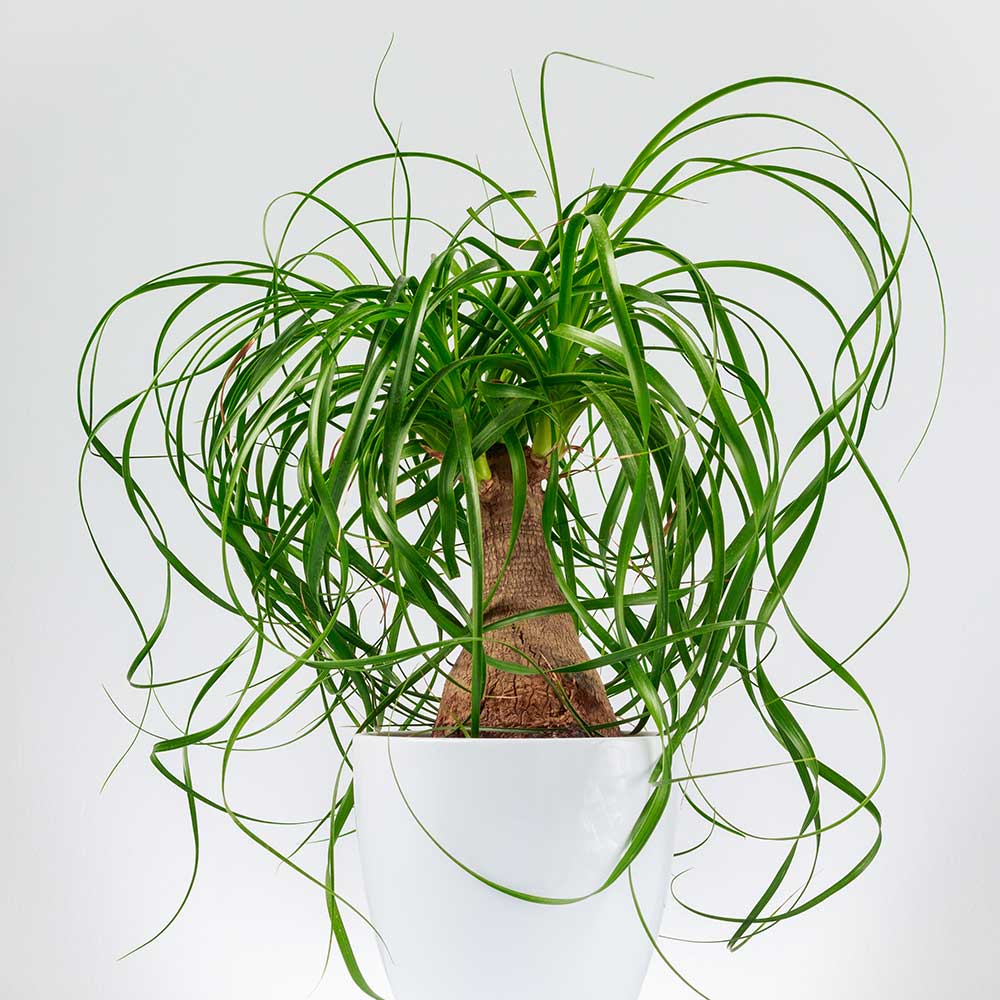
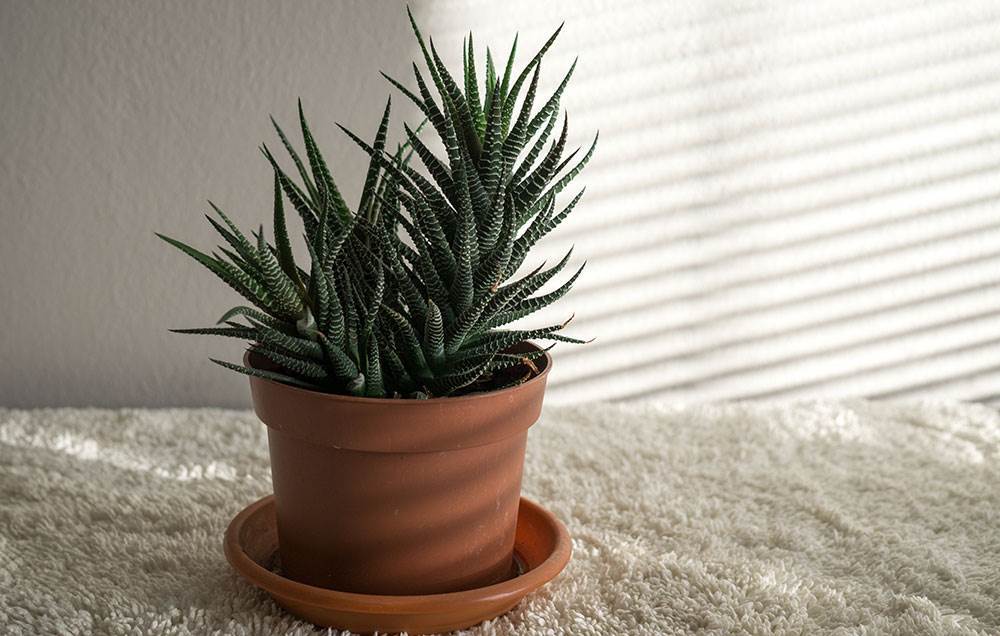
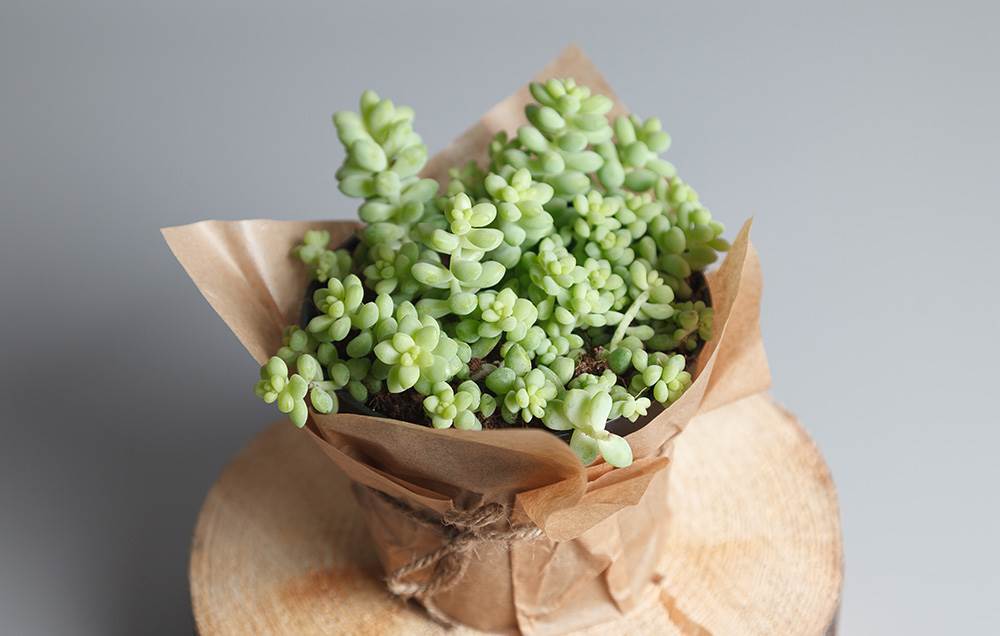


String of pearls (Senecio rowleyanus)
Also called bead plant, it’s not hard to see where this one gets its name. The little bright green circles almost look like peas growing in nice little rows. String of pearls is part of the succulent family, and it’s originally from South Africa, so it can easily tolerate dryness and very little water. If you’re lucky enough to get this houseplant to bloom, the little white flowers smell like cinnamon. For best results, grow in a hanging basket in full sun.
Begonia (Begonia)
Do you remember your grandma or a neighbour growing beautiful blooming flowers indoors? Chances are, they were begonias. Generally, you’ll see two types of indoor begonias—foliage types and flower types—and both hate to be watered too much. The flowering varieties (a.k.a. cane begonias) are year-round houseplants, and most often bloom in fall or winter. The foliage types (a.k.a. rhizomatous begonias) will sometimes bloom, but they’re best known for their interesting leaves.
Wax plant (Hoya carnosa)
The wax plant is just about as foolproof as you can get. Its rich, green vines offer a bright spot of colour, and you really can get away with only watering it every few weeks. Most people don’t realise wax plant is a vine because it grows very slowly. Don’t get discouraged if this one doesn’t bloom right away. It can take a while, but when it does, you’ll be rewarded with star-shaped flowers. Be sure to give it plenty of light.
Air plant (Tillandsia)
Air plants still aren’t as mainstream as they deserve to be, though they're slowly growing in popularity. This plant is an epiphyte, which means it doesn’t need soil at all. You don’t ever really water it; you just mist it about once a week, and that’s enough! Interior designers love air plants, so you might have seen them in a home magazine “floating” in a glass globe or just sitting on top of a bed of decorative rocks.
Lucky bamboo (Dracaena sanderiana)
It’s not actually bamboo. As for the luck, you’ll have to decide for yourself. But this is still an easy-to-grow houseplant, popular for home offices and small spaces. To grow lucky bamboo, fill the bottom few inches of a vase with pebbles and then add about the same amount of water. Place your bamboo directly into the water, and that’s it! You should only have to add more water every few weeks.
Ponytail palm (Beaucarnea recurvata)
“Keep the soil dry.” If these are instructions you like to see with a plant, then maybe the ponytail palm is the houseplant for you. It’s not actually a palm at all, but it can easily reach a few feet high indoors and it does have some palm-like characteristics. Keep this one in a fairly large pot so it’s not crowded, and if it seems to grow really quickly just re-pot it into something bigger. During the winter you should water it even less—about every four to six weeks. You definitely don’t want the soil moist because it can lead to stem rot. This is another one that needs to be exposed to regular sunshine.
Zebra cactus (Zebra haworthia)
Some gardeners call these zebra cacti while others just use the botanical name and call them haworthias. If you think they look like aloe plants, you're right: They're both members of the Asphodeloideae family. Living up to the zebra name, this one has stripes, making it one of the coolest looking houseplants you can grow. Be ready for lots of people to ask, “What is that?!” For best results, water your zebra cactus only once a month and keep it away from cold or drafty areas.
Donkey’s tail plant (Sedum morganianum)
You know the sedum you grow in your garden that is drought-tolerant and provides great fall colour? Think of this houseplant as its cousin: Both share a botanical name, are in the succulent family, and require little water. This plant starts out small and grows slowly, but it will eventually reach a few feet high. As it grows, you can see how the shape and texture really do mimic the look of a donkey’s tail. Do not over-water, and keep it in a sunny location.
Spider plant (Chlorophytum comosum)
Another native to South Africa, this houseplant is very forgiving to those who forget to water because it has tuberous roots that store important nutrients for a long time. That said, if you see the tips of this plant start to turn brown—whether it’s been two weeks or six since you last watered it—it means it needs some H20 now.
Rubber plant (Ficus elastica)
One of the biggest problems people have with this plant is that they water it too much. It’s seriously one of the easiest, most low-maintenance houseplants. It makes a popular gift, too. Most people have it for years, and it’ll grow a few feet during that time. Some varieties have red or purplish foliage, so inquire at your local garden centre if you’re looking for a rubber plant with some flair.







